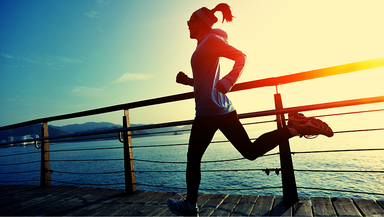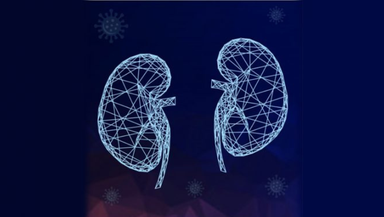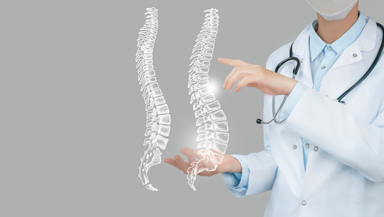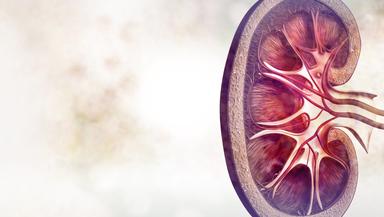ACL Injury
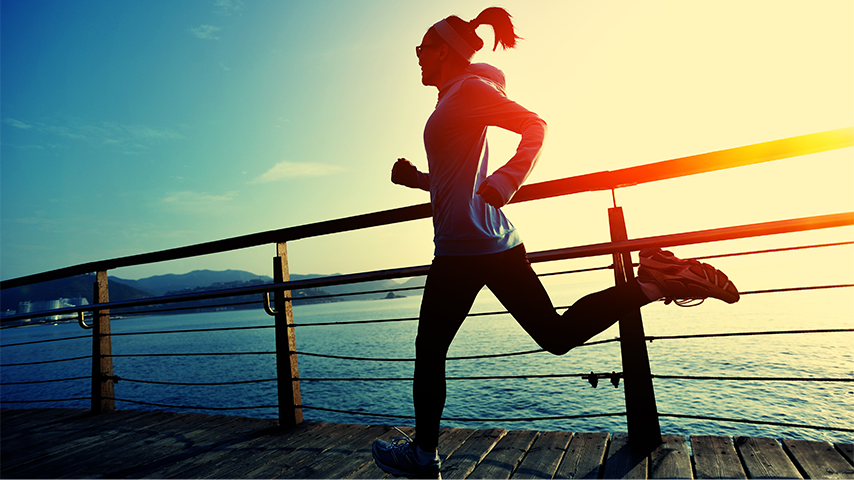
The anterior cruciate ligament simply referred to as ACL, is a major ligament or tissue band that holds the bones together. This makes it important for ensuring stability and mobility of the knee joint. An ACL injury or tear is a common type of knee injury that can affect anyone, but it is generally seen in competitive athletes. This is because such injuries develop with sudden movements or sharp turns while engaging in high-intensity activities like running or jumping. An ACL tear is impossible to miss as the condition is known to cause excruciating pain to the extent that it is debilitating, and pressure cannot be applied on the joint even to stand or walk.
What Are The Symptoms Of ACL Injury?
An ACL injury is impossible to miss because of the extent of pain caused. Symptoms typically include:
- Sudden pain onset
- Popping sound at the moment of injury
- Pain that severely limits joint mobility
- Loss of joint stability
- Rapid swelling and inflammation of the knee
Any sign of an ACL injury should be regarded as a medical emergency because of the complexity of the knee joint and the risk of further damage with delayed treatment.
Risks For ACL Injury?
Certain factors can increase the risk of an ACL injury, and these include the following:
- Women are more vulnerable due to anatomical and hormonal factors
- Contact sports and high-intensity activities like soccer, basketball, and gymnastics
- Poor forms when exercising, such as bending the knees incorrectly when practising lunges or squats
- Poorly fitted footwear
- Playing sports on artificial turf
- Use of poorly maintained or low-quality gym equipment
Diagnosis And Tests for ACL Injury
In addition to a physical examination, your doctor may also recommend the following tests to diagnose an ACL injury.
- X-rays: These are used to eliminate fractures, but they won’t reveal tissue injuries such as to the ACL.
- Magnetic resonance imaging (MRI): This type of imaging test is most useful as it depicts both hard and soft tissues, revealing the extent of an ACL injury and any surrounding damage.
- Ultrasound: Ultrasound tests use soundwaves to create visual depictions of internal structures and help identify injuries to the ACL.
Treatment of ACL Injury
Treatment for ACL injuries can vary significantly depending on the severity of the injury. For minor injuries, administration of first aid, rest, and the use of crutches can suffice as treatment. Doctors may also prescribe anti-inflammatory medications to reduce swelling and relieve pain. As part of recovery, you may also be advised to use a knee brace for added support, especially when walking or engaging in any physical activity.
- Physical Therapy
Physical therapy is an essential part of the recovery process and is recommended at least a few days in the week to restore joint mobility and strength. Physiotherapy sessions for ACL injuries usually include strength training exercises for the surrounding muscles and to improve range of motion. These exercises can also be practiced at home.
- ACL Knee Surgery
In case of severe ACL injuries or an ACL tear, the joint cannot bear any load and leaves you debilitated. This can be devastating for athletes or other individuals whose livelihoods depend on an active lifestyle. Depending on your need or the severity of the injury, doctors may recommend ACL knee surgery.
- ACL Reconstruction: During ACL knee surgery, an orthopedic surgeon will remove and replace the damaged ligament with similar tissue or tendon that will grow to replace the torn ACL. The process is also described as a graft. Full knee function is usually restored within a year.BGS Global Hospital is home to some of the leading orthopedic surgeons, making it a top destination for any kind of ACL knee surgery. The orthopedic team at BGS is experienced and skilled, working together to ensure high success rates, providing both excellent pre-and post-operative care.
Frequently Asked Questions (FAQs)
Can you work with torn ACL?
For a sedentary job, you would simply require a week’s rest, but standing jobs or jobs that require physical activity can only be resumed after 5 to 6 months of rest.
ACL Injury
22/07/2021
The anterior cruciate ligament simply referred to as ACL, is a major ligament or tissue band that holds the bones together. This makes it important for ensuring stability and mobility of the knee joint. An ACL injury or tear is a common type of knee injury that can affect anyone, but it is generally seen in competitive athletes. This is because such injuries develop with sudden movements or sharp turns while engaging in high-intensity activities like running or jumping. An ACL tear is impossible to miss as the condition is known to cause excruciating pain to the extent that it is debilitating, and pressure cannot be applied on the joint even to stand or walk.
What Are The Symptoms Of ACL Injury?
An ACL injury is impossible to miss because of the extent of pain caused. Symptoms typically include:
- Sudden pain onset
- Popping sound at the moment of injury
- Pain that severely limits joint mobility
- Loss of joint stability
- Rapid swelling and inflammation of the knee
Any sign of an ACL injury should be regarded as a medical emergency because of the complexity of the knee joint and the risk of further damage with delayed treatment.
Risks For ACL Injury?
Certain factors can increase the risk of an ACL injury, and these include the following:
- Women are more vulnerable due to anatomical and hormonal factors
- Contact sports and high-intensity activities like soccer, basketball, and gymnastics
- Poor forms when exercising, such as bending the knees incorrectly when practising lunges or squats
- Poorly fitted footwear
- Playing sports on artificial turf
- Use of poorly maintained or low-quality gym equipment
Diagnosis And Tests for ACL Injury
In addition to a physical examination, your doctor may also recommend the following tests to diagnose an ACL injury.
- X-rays: These are used to eliminate fractures, but they won’t reveal tissue injuries such as to the ACL.
- Magnetic resonance imaging (MRI): This type of imaging test is most useful as it depicts both hard and soft tissues, revealing the extent of an ACL injury and any surrounding damage.
- Ultrasound: Ultrasound tests use soundwaves to create visual depictions of internal structures and help identify injuries to the ACL.
Treatment of ACL Injury
Treatment for ACL injuries can vary significantly depending on the severity of the injury. For minor injuries, administration of first aid, rest, and the use of crutches can suffice as treatment. Doctors may also prescribe anti-inflammatory medications to reduce swelling and relieve pain. As part of recovery, you may also be advised to use a knee brace for added support, especially when walking or engaging in any physical activity.
- Physical Therapy
Physical therapy is an essential part of the recovery process and is recommended at least a few days in the week to restore joint mobility and strength. Physiotherapy sessions for ACL injuries usually include strength training exercises for the surrounding muscles and to improve range of motion. These exercises can also be practiced at home.
- ACL Knee Surgery
In case of severe ACL injuries or an ACL tear, the joint cannot bear any load and leaves you debilitated. This can be devastating for athletes or other individuals whose livelihoods depend on an active lifestyle. Depending on your need or the severity of the injury, doctors may recommend ACL knee surgery.
- ACL Reconstruction: During ACL knee surgery, an orthopedic surgeon will remove and replace the damaged ligament with similar tissue or tendon that will grow to replace the torn ACL. The process is also described as a graft. Full knee function is usually restored within a year.BGS Global Hospital is home to some of the leading orthopedic surgeons, making it a top destination for any kind of ACL knee surgery. The orthopedic team at BGS is experienced and skilled, working together to ensure high success rates, providing both excellent pre-and post-operative care.
Frequently Asked Questions (FAQs)
Can you work with torn ACL?
For a sedentary job, you would simply require a week’s rest, but standing jobs or jobs that require physical activity can only be resumed after 5 to 6 months of rest.
How Do I Prepare for the Surgery?
Before surgery, it’s essential that you give the affected joint adequate rest, use crutches if necessary to avoid putting any pressure on the knee. Plan your schedule and activities for pre-a and post-op recovery, making adequate arrangements for leave or assistance as required.
Can you fully recover from a torn ACL?
Recovery can take several months, but if you adhere strictly to treatment recommendations, physiotherapy, and follow-up care, you can make a complete recovery. Some athletes even return to competitive sports within a year of undergoing ACL knee surgery.







